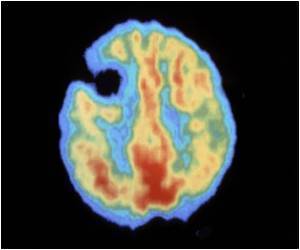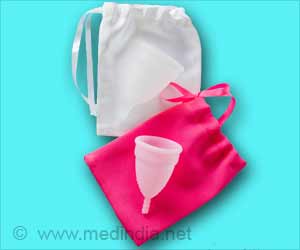Women with aortic aneurysm have poor outcome with increased mortality rate and less treatment options.
Highlights
- The usual treatment option for abdominal aortic aneurysm is surgery, which is only performed if the swelling is large enough to make the risk of rupture greater than the risks of the operation.
- Despite the overall improvement in mortality rates for this condition, there is a huge disparity between outcomes for men and women.
- New findings state that only a third of the women are deemed suitable for keyhole surgery and the survival rate for women 30 days post-surgery is 2.3% compared with 1.4% for men.
Aortic Aneurysm
Aorta is the largest blood vessel in the body that carries purified blood from the heart to the rest of the body, through the abdomen.
An abdominal aortic aneurysm occurs when a part of the aorta that travels through the abdomen undergoes degenerative changes. These changes causes weakening of the wall of the aorta and ballooning of the blood vessel.
When this ballooning causes the aorta to enlarge to more than three times its normal diameter, it can cause a potentially life-threatening rupture.
The condition is often symptomless and most women are only diagnosed when the aneurysm ruptures, and at this point the likelihood of survival can be less than 20%.
- Open surgery involves cutting into the abdomen and replacing all of the ballooning section of the aorta with a tube-like graft
- Endovascular repair, which is minimally invasive 'keyhole' and involves inserting a tube-like graft through the leg artery into the swollen section of the aorta to reinforce its weakened wall.
Patients who have large aneurysms, the risk of both surgeries outweigh the risk of rupture and no treatment is offered unless patient fitness can be improved.
Findings
- More women were denied surgery compared to men.
- The study found that only a third of the women were eligible for keyhole surgery and their post-surgery mortality rate in 30 days was 2.3%.
- Also the post-surgery mortality rate among men was 1.4%, within 30 days.
- For open surgery, the mortality rate rose to 5.4% for women and 2.8% for men.
- Women have smaller aortas and hence tend to develop aneurysms at an older age when compared to men.
"The way abdominal aortic aneurysm is managed in women needs urgent improvement. We need to see if the devices used for keyhole surgery can be made more flexible to enable more women to be offered this option. We also need more grafts designed to fit women, who have smaller aortas, as all the grafts currently available have been designed for men." Powell added.
Professor Powell added "Abdominal aortic aneurysm is still seen as mainly a male condition, and as a result, the way we manage the condition - from screening to diagnosis and treatment - has been developed with men in mind. Our study shows that this needs to change."
The study was funded by the National Institute for Health Research and is published in The Lancet.
Reference
- Janet Powell et al. Morphological suitability for endovascular repair, non-intervention rates, and operative mortality in women and men assessed for intact abdominal aortic aneurysm repair: systematic reviews with meta-analysis. The Lancet; (2017) doi.org/10.1016/S0140-6736(17)30639-6
- Abdominal aortic aneurysm - (http://www.mayoclinic.org/diseases-conditions/abdominal-aortic-aneurysm/symptoms-causes/dxc-20197861)
Source-Medindia












